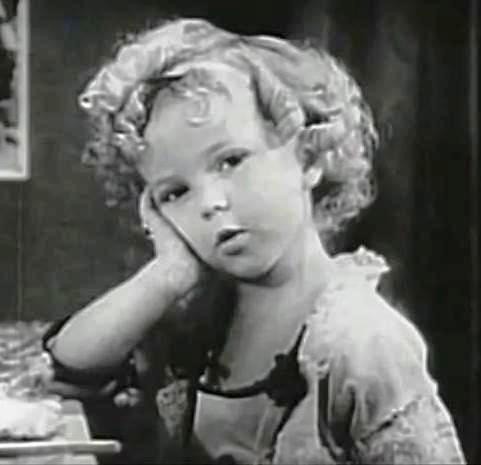If President Bill Clinton had ever spoken from the White House lawn crediting Mary-Kate and Ashley Olsen with charming Americans through the 1995 Oklahoma City Bombing tragedy, all his remaining credibility would have vanished.
When President Franklin D. Roosevelt spoke of the 10 tumultuous years following the 1929 Great Depression, he measured America’s stability by stating, “As long as our country has Shirley Temple, we will be all right.”
Despite many not having the kindling to heat makeshift Hooverville huts or the luxury of boots to pull themselves up by, Americans seemed to agree with Roosevelt, and the box office didn’t lie.
Since then and in death, Shirley Temple Black is immortalized as the 56 peroxide pin curled, dimpled cherub singing “On The Good Ship Lollipop,” casting aside who she was when not wearing a pinafore.
Thursday would mark Temple’s 86th birthday, had she not died in 2014. Putting aside her filmography, here are some interesting tidbits otherwise not associated with the child star.
“Poor Little Rich Girl”
Married at 17, Temple and her first husband lived in her parents’ backyard in the spacious, air-conditioned playhouse made in her childhood, because she still lived on an allowance dictated by her parents. After Temple and her second and last husband decided to cut the apron strings, they sought access to her money. Fifty-six films earned her roughly $50 million, which were squandered away by her father.
“Polly Tix in Washington”
Ambassador to Ghana, Czechoslovakia and U.S. delegate to the United Nations, Temple lost a bid for a 1967 seat in the U.S. House as a California Republican in an effort to bring a woman’s voice into politics. She counted J. Edgar Hoover and Ronald Reagan as close friends and served in various roles within the U.S. Department of State.
“The Littlest Rebel”
Temple was the epitome of innocence, but despite her massive collection of over 1000 dolls, she wanted a Tommy gun. With two older brothers and a fascination with Mafia radio programs, Temple was repeatedly disappointed when a package arrived filled with rare dolls and not a Thompson Submachine gun.
“Now I’ll Tell”
In her 1972 McCall’s Magazine article “Don’t sit at home and be afraid,” Temple was one of the first women to admit to taking preventative measures for breast cancer by having a double mastectomy. Speaking to media from her recovery bed, she made it clear her femininity had not diminished, and she was proud of her decision.
“Baby Take a Bow”
Temple’s impressive soft shoe and tap dancing were used as examples of her prodigious nature. Starting dance lessons at 3 years old and having a mother who fudged her birthdate — reducing her age in documents by a year — were Temple’s reality. Hard work, mother’s lies and not knowing her true age until she was a teenager kept the myth alive.
_______________
Follow Anna Mae Ludlum on Twitter.









